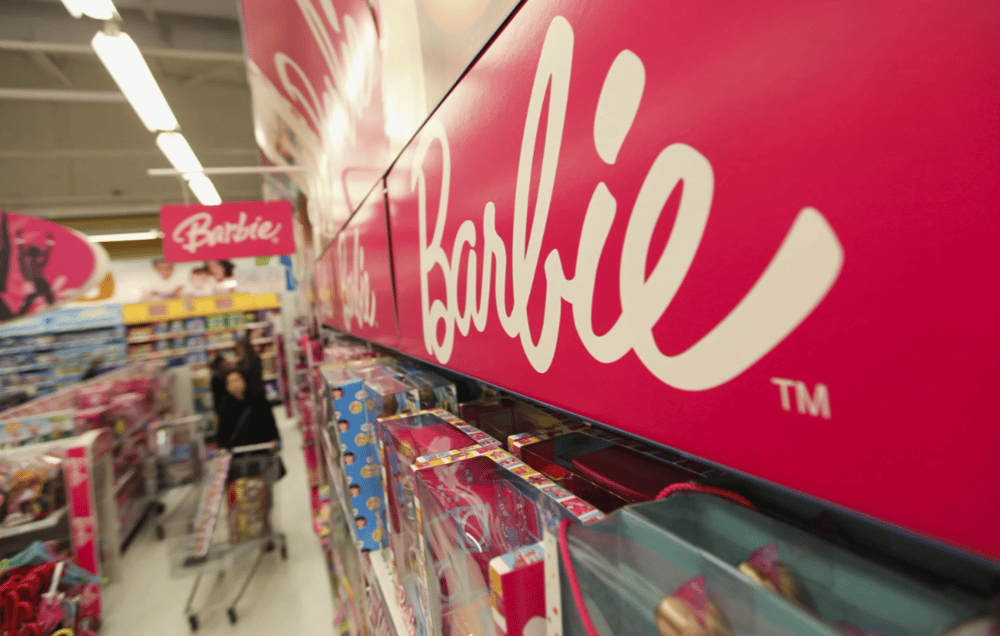Mattel Consolidates Film and TV Divisions Under Mattel Studios Amid USD Revenue Growth Strategy
Mattel Inc. $MAT, the global toy manufacturer, has announced the unification of its film and television production arms under a newly branded division: Mattel Studios. The strategic move comes as the company seeks to capitalize on the cross-media potential of its iconic intellectual property (IP), following the box office success of Barbie (2023), and aims to diversify its USD-denominated revenue streams through entertainment content.
This restructuring marks the latest phase in Mattel's transformation from a traditional toy company into a brand management and franchise powerhouse.
Strategic Consolidation and Its Implications
The reorganization places both the film and television content under the control of Mattel Studios, with longtime executive Robbie Brenner appointed as President and Chief Content Officer of the unified division. Brenner, who joined the company in 2018 and spearheaded Barbie’s cinematic adaptation, will report directly to CEO Ynon Kreiz.
The decision reflects Mattel’s broader IP monetization strategy: leveraging its brand assets—such as Hot Wheels, Masters of the Universe, and Polly Pocket—across multiple platforms, including theatrical releases, streaming content, and merchandise tie-ins.
This consolidation is designed to streamline content development, improve creative alignment, and accelerate the greenlighting of new projects. The move may also help Mattel attract more institutional investment by signaling a cohesive long-term vision.

Quick Facts
Company: Mattel Inc.
Division merged: Mattel Films + Mattel Television → Mattel Studios
New leadership: Robbie Brenner appointed as President and CCO
Strategic goal: Expand revenue via branded entertainment
Notable precedent: Barbie grossed over USD 1.4 billion globally
CEO oversight: Brenner reports to CEO Ynon Kreiz
Market Response and Analyst Perspectives
Financial markets responded cautiously to the announcement, with Mattel shares trading flat in early sessions following the news. Analysts have largely interpreted the move as positive for long-term valuation, albeit with limited short-term earnings impact.
Industry watchers note that Mattel’s evolving business model mirrors that of entertainment-driven conglomerates like Hasbro Inc. $HAS and The Walt Disney Company $DIS. By centralizing creative functions and streamlining leadership, Mattel positions itself more firmly within the media value chain—where margins can be higher than in traditional manufacturing.
Entertainment analysts have emphasized the importance of follow-up hits: sustaining momentum after Barbie will require both creative risk-taking and disciplined brand stewardship. While the Hot Wheels movie and a potential He-Man reboot are in development, market success remains contingent on execution and distribution partnerships.

Key Takeaways
Mattel consolidates content production into Mattel Studios
Robbie Brenner to lead the studio, reporting to CEO Ynon Kreiz
Barbie's USD 1.4B success sets high expectations for future IP adaptations
Mattel shares remained stable post-announcement
Investors and analysts view the move as structurally positive
Conclusion
The formation of Mattel Studios represents a pivotal shift in Mattel's corporate strategy—moving from a toy-centric model to a diversified entertainment brand ecosystem. With Robbie Brenner at the helm, the unified content division is tasked with translating Mattel’s storied IP into scalable franchises capable of generating both cultural relevance and financial return. While markets remain cautious, the structural consolidation signals a clear intent: positioning Mattel not just as a toymaker, but as a serious player in global media.















Comments